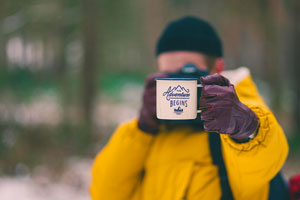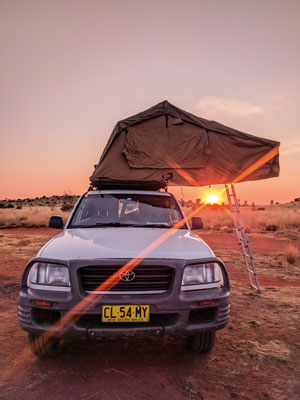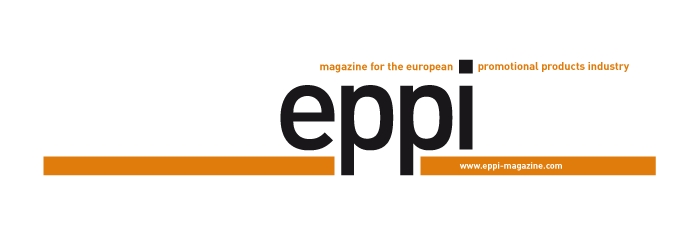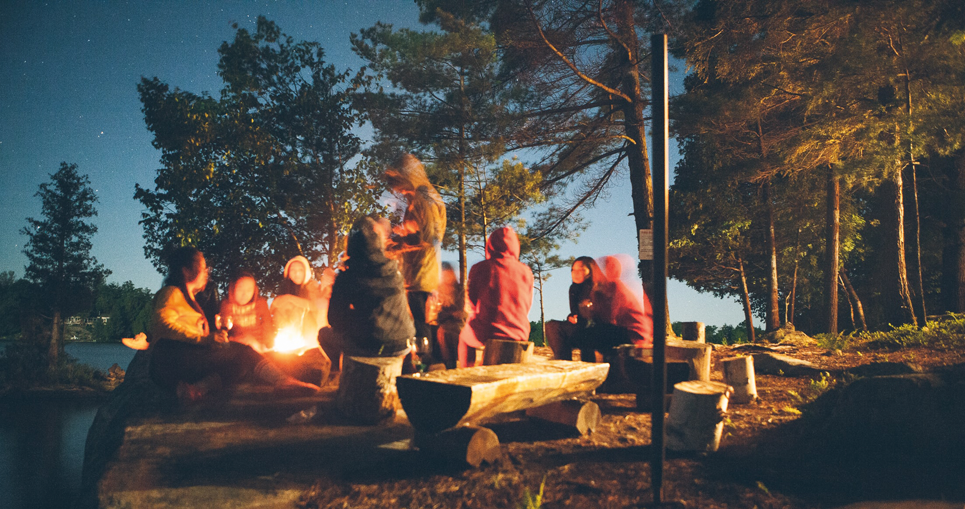More and more people are simply heading off into the blue rather than booking a hotel or package holiday. What has proved to be a trend for years, is also playing a role in times of Corona and the related travel restrictions. With regards to the travel vehicle, comfort, compactness and connectivity are the most sought-after aspects. Keywords, which promoting companies should quickly note down in their marketing strategies as far as reaching the target group is concerned.
Spending the vacation within one’s own four walls – something that appears to be the only solution in this Corona era, sounds like a dream holiday for many people. Almost at least. Because they love to set off on their holidays with their motorhome. Camping vacations are hip: According to the Caravan Industry Association, CIVD, in the first four months of 2019, a total of 79,634 new leisure vehicles were sold on the European market, with virtually all national markets registering sales increases. 50.5 million overnight stays by tourist campers were registered at German camping sites alone, according to a survey by the German Economic Scientific Institute for Tourism e.V. (dwif) carried out in 2018.
But why do so many people spend their leisure time in their homes on wheels? The motorhome hire portal roadsurfer.com cites five reasons for the trend: Firstly, adults have fond memories of their childhood camping holidays and would like to repeat those experiences with their own families. Secondly, the leisure feeling attracts them, because – depending on the weather and their spontaneous mood – the route can be replanned every day. The fact that camping no longer means having to do without luxuries, is fuelling the hype just as much as the fact that a night spent on the camping site is significantly cheaper than spending a night in a hotel. According to roadsurfer, the fifth reason is the Robinson-Crusoe phenomenon: Around the campfire, putting up tents, swarms of mites and a starry sky ensures that one encounters new challenges that demand the do-it-yourself approach. Anyone, who needs an enamel mug, can cooler, key pendant or cigarette lighter for the adventure can find the appropriate item branded with the roadsurfer logo online.
Individual travel

However, setting off for distant locations like Brian Bojsen is not everyone’s cup of tea by far. After all, there are plenty of vacation destinations closer to home too. In any case, there is plenty of money in the business: Namely, according to the CIVD, buyers spend on average 73,000 for a new motorhome. And as if that isn’t enough: In total, according to the dwif survey, the outdoor enthusiasts spent 4.4 bil. Euros on equipment such as awnings, marquees, tables, cookers, barbecues, cool boxes, gas cartridges and water filters in 2018 alone. Indispensable accessories can also be ordered from the merchandising shops of the leisure vehicle providers. For example, Hymer offers a wide assortment of items – from fleecy blankets and bathrobes, to umbrellas, key pendants and watches. There are dog blankets and leads that carry a discrete company label for the co-travelling four-legged friends. The motorhome pensioners, who have had plenty of time to save up for a luxurious motorhome and the permanent campers, who are occupying their camping spot in the third generation, are particularly spend-happy. The cartoonist, Harald Hornig, classified twelve further camper types in a hidden object puzzle, which Sophia Pfisterer, Editor of the camping magazine Caravaning describes rather tongue-in-cheek. For example, there is the survival camper, who would ideally like to take on a bear with his bare hands and the surfer boy, who plays his guitar all night to impress the girls. The hipster blogs incessantly, because he has to boost his holiday budget per crowdfunding campaigns. He has converted his van himself, wants to renounce capitalism, but actually wouldn’t mind being a start-up millionaire either.
Back to the roots, but digitally please

Whereas travelling around in a camper was predominantly popular with older people in the past, more and more young people are enjoying their independence on four wheels. Taking a look at the social media, where the younger caravaners share their travel experiences under the hashtag #vanlife and network with the community, underlines the fact that the traditional picture of the permanent camper is outdated. Networking is also on the advance in other areas as well. For example, the devices inside the camper can be digitally controlled by a central operating element, the fill level of the gas bottle and water tank can be read on the smartphone and the heating or air conditioning operated per app. Promoting companies can thus ideally address the younger target group with smart gadgets like multifunctional cables, power banks and mobile phone holders. Combined devices produce a wow effect: For instance, there really is a camping cooker that converts the heat produced while cooking into electricity. Whilst the pasta is cooking, one can charge one’s mobile phone. There is no doubt about it: The digitalisation has also arrived in the caravanning world – and combined with promotional products offers great potential for docking onto the attractive target group of modern nomads.
// Jasmin Oberdorfer
Photos: unsplash.com/Mike Holford, Thom Holmes, Tegan Mierle






